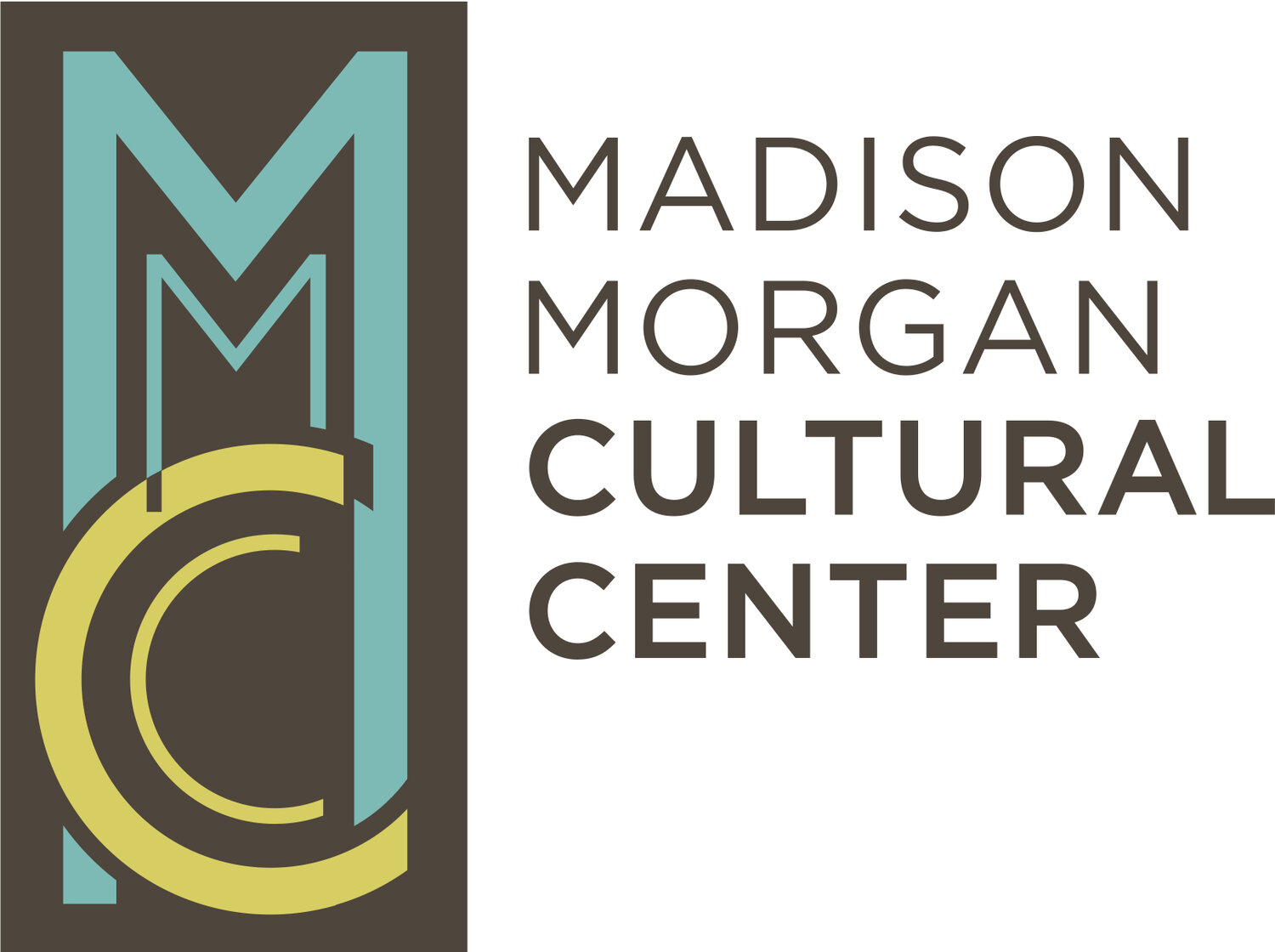Madison-Morgan Cultural Center Acquires a Maxfield Parrish Lithograph Print entitled “Village Brook.”
“Village Brook” by Maxfield Parrish
The Madison-Morgan Cultural Center has recently acquired a Maxfield Parrish print entitled “Village Brook”. This original lithograph features a huge stately tree in the foreground with a quiet stream running through a village. A church can be seen in the background. The print is in its original frame with original glass and can be seen in the Members Room at the Cultural Center. The Members Room is filled with Arts and Crafts furniture and decorative accessories (1890 t0 1930s) representing the early years of the Madison Graded School. This print compliments that period.
The Arts and Crafts movement rejected the opulence and excess of the Victorian period and the mechanization in producing art. The Arts and Crafts movement embraced the handmade. Those inspired by the Arts and Crafts movement had a strong quest to connect with nature and to incorporate the natural landscape into art forms. This philosophy was both a social and artistic movement
It was during this time that Maxfield Parrish began painting. He was born in 1870, into a wealthy Philadelphia Quaker family. He was encouraged from childhood to develop his artistic talents. His father, Stephen Parrish, was a well-known etcher and landscape painter. The younger Parrish attended the Pennsylvania Academy of the Fine Arts from 1892 to 1894 and came of age during a revivalist era that included the Mural Movement, the Golden Age of American Illustration, Art Nouveau, and the American Arts and Crafts Movement.
From the late 1800s until the 1920s, Parrish produced advertising art and illustrations for periodicals, as well as paintings. His early works were Art Nouveau in style. His most famous painting of that period was “Daybreak”, completed in 1922. Daybreak is regarded as the most popular art print of the 20th century, based on number of prints made, one for every four American homes.
“Daybreak” by Maxfield Parrish
In 1931, at the height of his popularity in America, Maxfield Parrish issued a statement to the Associated Press announcing his decision to abandon the figurative work that had made him a household name. Now, he declared, he was devoting himself exclusively to landscape painting: “I’m done with girls on rocks. I have painted them for thirteen years and I could paint them and sell them for thirteen more…It’s the unattainable that appeals. Next best thing to seeing the ocean or the hills or the woods is enjoying a painting of them". The painting, “Village Brook” was painted in this period, 1937. His paintings became very popular, with their brilliant colors and magical luminosity and are characterized by vibrant colors. The color ‘Parrish Blue’ was named after him and beautiful shades of green filled his canvases. Those colors are clearly seen in “Village Brook”. He achieved such luminous colors through glazing. To achieve these effects, he would apply numerous layers of thin, transparent oil, alternating with varnish over stretched paper, a painstaking process that achieved both high luminosity and extraordinary detail. He is quoted as saying, “This method is very simple, very ancient, very laborious, and by no means original with me”.
Maxfield Parrish was one of the highest paid artists of his time. He combined techniques of old masters with his own sense of imagination to create a unique style all his own. Parrish was earning $100,000 a year by 1910, when homes could be bought for $2,000. His work as an American painter and illustrator helped shape the ‘Golden Age of Illustration’, challenging the role of starving artist, Parrish earned his first commission before finishing art school and achieved tremendous popularity throughout the first half of the 20th century. He created over 900 pieces of art in his lifetime.
Maxfield Parrish painted until he was 91 years of age. He died at his home, “The Oaks”, in Plainfield, New Hampshire in 1966 at the age of 95. His home was surrounded by beautiful landscapes, which became the inspiration for much of his work.
The “Village Brook” Lithograph print by Maxfield Parrish can be viewed at the Madison-Morgan Cultural Center at 434 S. Main Street, Madison, GA. Visit our website (MMCC-ARTS.ORG/museum-highlights) in March to view the final video in the Museum Highlights series, focusing on the Arts and Crafts furniture displayed in the Members Room. MMCC is open to the public Tuesdays-Saturdays from 10AM-5PM. Admission to the Center is free to Madison-Morgan Cultural Center Members. Non-Members can view with MMCC Museum Admission (Adults: $5, Seniors: $4, Students: $3, Children 6 and under: Free). For more information on visiting Madison-Morgan Cultural Center please visit: MMCC-ARTS.ORG/visit

